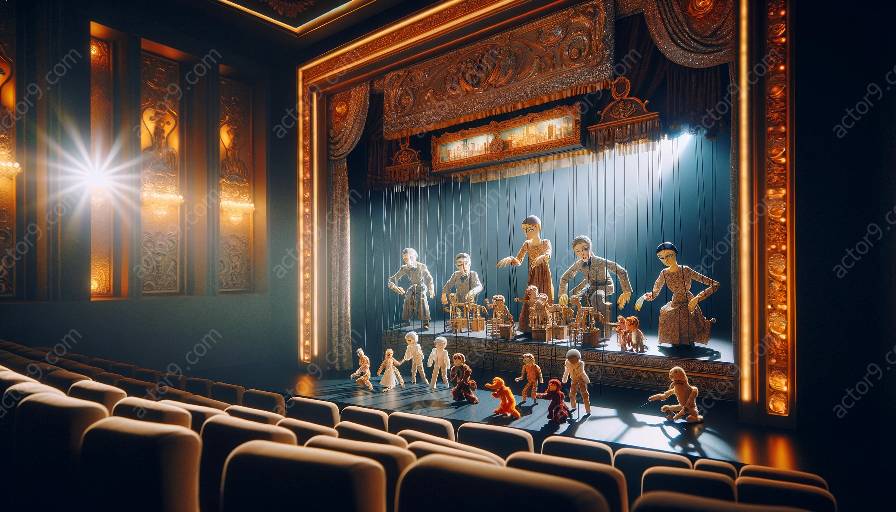Puppetry is an ancient art form that has been a reflection of society and culture for centuries. Examining the gender dynamics in traditional and contemporary puppetry provides insight into the societal norms and changes in different eras.
History of Puppetry
Puppetry dates back to ancient civilizations, where it was used for various purposes including entertainment, storytelling, and religious rituals. In early forms of puppetry, gender dynamics were often influenced by the societal norms and cultural values of the time. For example, in traditional Asian puppetry, male and female characters were often depicted in roles that mirrored the gender roles prevalent in society.
As puppetry evolved through history, gender dynamics also underwent changes. In the medieval and Renaissance periods, puppetry was used as a means of satire and social commentary, often challenging traditional gender norms. Female puppeteers started to emerge during this time, albeit facing challenges due to social restrictions.
Gender Dynamics in Traditional Puppetry
Traditional puppetry often reflected the gender roles and stereotypes prevalent in society. In many cultures, male and female characters were portrayed in a manner that reinforced traditional gender expectations. The roles and behaviors of the puppet characters were influenced by societal perceptions of masculinity and femininity.
For instance, in European puppetry, the character of Punch in Punch and Judy shows often represented a domineering and aggressive male figure, while Judy was depicted as the submissive, nurturing female. These portrayals mirrored the gender dynamics and power structures of the time.
In traditional Asian puppetry, especially in countries like India and Indonesia, the roles of male and female characters were often defined by cultural and religious beliefs. Female characters were typically depicted as virtuous and obedient, while male characters were portrayed as strong and heroic.
Evolution of Gender Dynamics in Contemporary Puppetry
Contemporary puppetry has witnessed significant changes in gender dynamics. With the advancement of societal attitudes towards gender equality, puppetry has become a platform for challenging stereotypes and redefining traditional gender roles. Female puppeteers are gaining more prominence, and the roles of puppet characters are being reimagined to reflect diverse gender identities and expressions.
Modern puppetry performances often address gender issues, including empowerment, LGBTQ+ representation, and breaking away from traditional gender stereotypes. Female puppeteers have made substantial contributions to the field, reshaping the narratives and representations in puppetry to be more inclusive and diverse.
Cultural and Societal Influences on Gender Dynamics in Puppetry
The gender dynamics in puppetry are intricately connected with the cultural and societal influences of different regions and time periods. Throughout history, puppetry has been a reflection of the prevailing social norms, religious beliefs, and political ideologies. The portrayal of gender in puppetry has been shaped by these influences, often reinforcing or challenging existing gender dynamics.
In traditional societies, puppetry served as a tool for maintaining and perpetuating gender roles and expectations. However, in contemporary times, puppetry has become a means of reinterpreting and subverting traditional gender norms, offering a platform for social critique and change.
Conclusion
The exploration of gender dynamics in traditional and contemporary puppetry offers valuable insights into the evolution of societal attitudes towards gender and the role of the arts in shaping these perceptions. Puppetry, as an art form, continues to evolve, adapting to the changing cultural and societal landscape, and contributing to the ongoing dialogue on gender equality and representation.


























